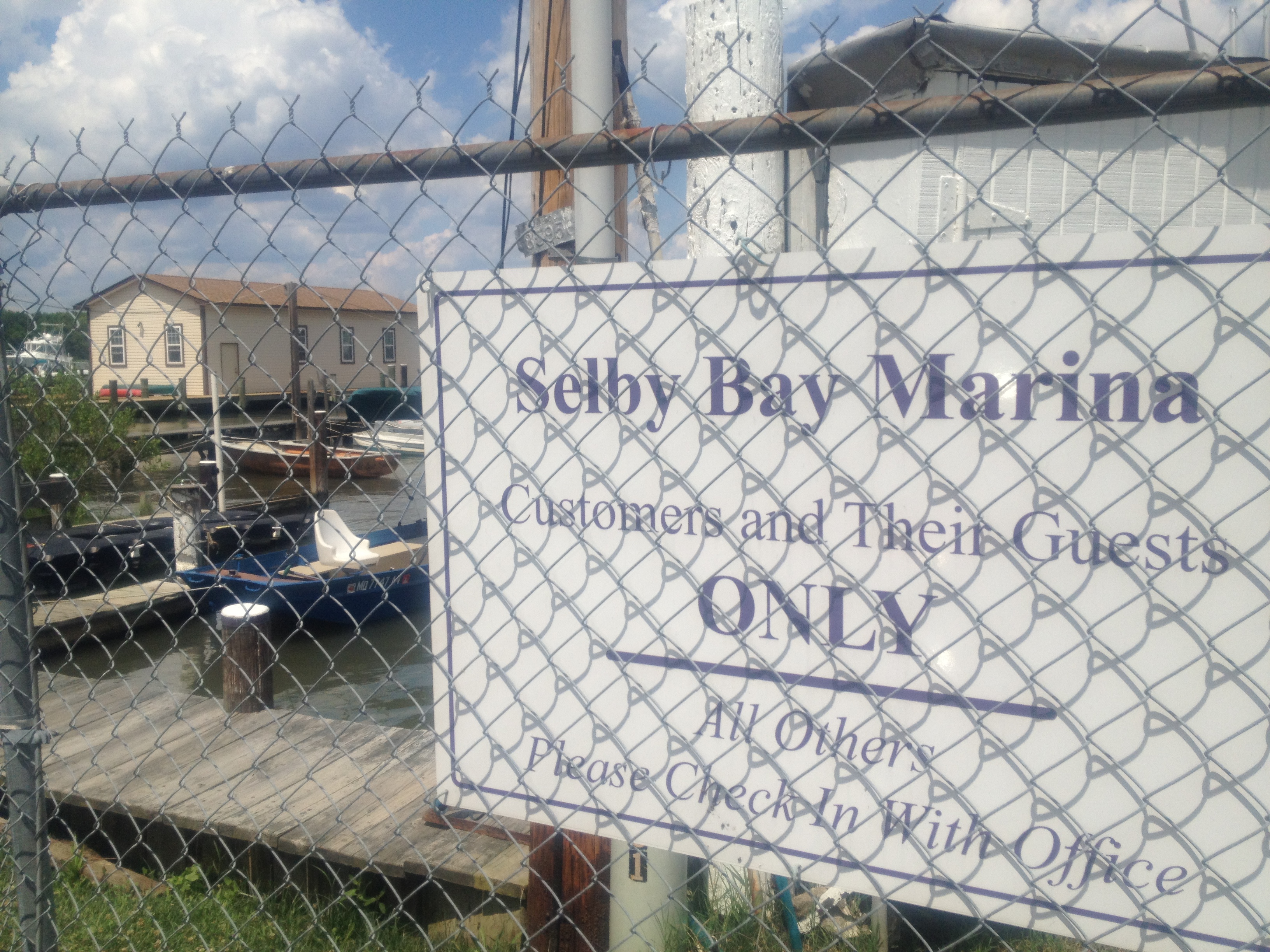
(Continued from yesterday’s post…)
25 More Ideas
51. Discover your DNA genealogy.
52. Build a time capsule at your family reunion.
53. Create a family heritage recipe book.
54. Establish a family news outlet. Connect with family to keep them updated on genealogical work being done and discoveries of new family lines.
55. Research your family traditions and discover how and why they began.
56. Spend an evening learning about the food, culture, customs, and music of your ancestors.
57. Find out and record the conversion story of the first convert in your various family lines. Record each of your own personal conversion stories as well.
58. Create a timeline of historical events as they relate to your family events.
59. Collect questions in a jar for grandparents to answer about their life history. Draw a question or two from the jar every time you’re together and write down all the information they share.
60. Collect personal experiences of family members shared with a grandparent, place them in a book and give as a gift to that grandparent to recall those personal memories shared. Make sure family members get a master list for their own records.
61. Create a pedigree chart or fan chart that shows your entire family line. Seeing all the links that have already been made will inspire you to keep going.
62. Write a journal that focuses on spiritual experiences, lessons you have learned, and acts of service that you have performed.
63. Keep your Family Bible records up to date.
64. Find and submit the names of the cousins of your direct ancestors, for temple work. In other words, we aren’t just interested in direct lines, we also want to collect all the indirect lines that connect with us.
65. There are many family history websites, such as Cyndi’s List. Check them out and learn to navigate through them for additional leads to family names.
66. Many records are now online. It’s amazing just how much you will be able to do at home on your computer. Don’t expect to find something right away. Learn how to navigate, then set simple goals of places to search. Be sure to print or save important documents you run across. And record places you have searched whether you find something there or not, so you don’t waste time in your search.
67. Call your Ward Family History Consultant and ask for help on how to get started.
68. Watch the videos available on FamilySearch to learn how to do genealogy.
69. Visit a County Courthouse, National Archive, or Parish to search through original documents stored there. Not everything is online.
70. Photocopy original documents (certificates, wills, journals, etc.), label, file and store them in a safe place.
71. Hold a “Family Evening at the Temple” with all your endowed extended family members.
72. For a family reunion, make arrangements to tour the hometown of a grandparent. Visit the home they grew up in. Drive by the school and church they attended. If there are any neighbors that still remember your grandparent, visit with them and have them say a few words to your group.
73. Don’t be afraid of the language barrier in your research. You can learn the important words that will allow you to find the names and dates you are collecting without having to learn the entire language.
74. Set aside a certain amount of time each week to work on genealogy.
75. Make a “This is your Life” quilt, making blocks that depict that person’s life. Use pictures of family, hobbies, experiences and “firsts.”
Several members of my husband’s family settled in Kentucky for a generation. They owned land and some were buried in what is now Fort Knox. I happened to be flipping through the channels on TV one day and saw, on the Discovery Channel, that Fort Knox opens their gates every year on Memorial Day so people can come and visit the graves. My husband and I arranged a trip and found several of his ancestor’s graves there. We combined our trip by seeing “dead” family, as well as the United States history. It was one of the most amazing experiences I have ever had.
On this trip, we also drove out to Maryland to look for any evidence of the Selby line (also on Stephen’s side), who had come to America in the 1600’s. No houses existed anymore, but we found streets and stores carrying this family name. We even found the Selby Bay Marina (pictured above). As we were taking pictures, the owner came and asked us what we thought we were doing. I was so excited, I told him we were doing Family History! I’m pretty sure he thought I was out of my little mind.
Continued here